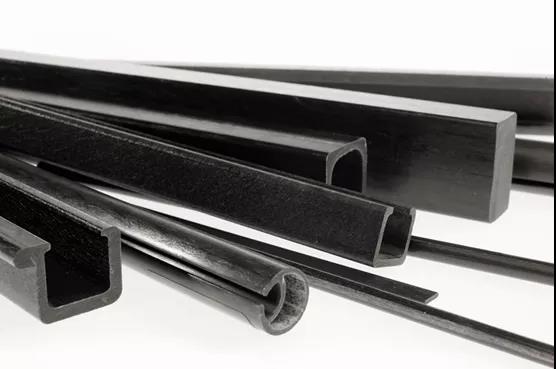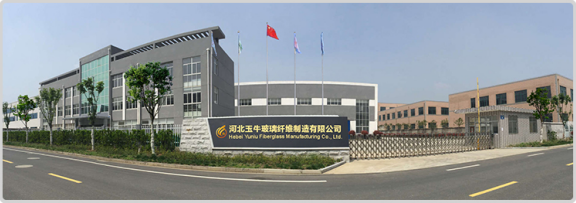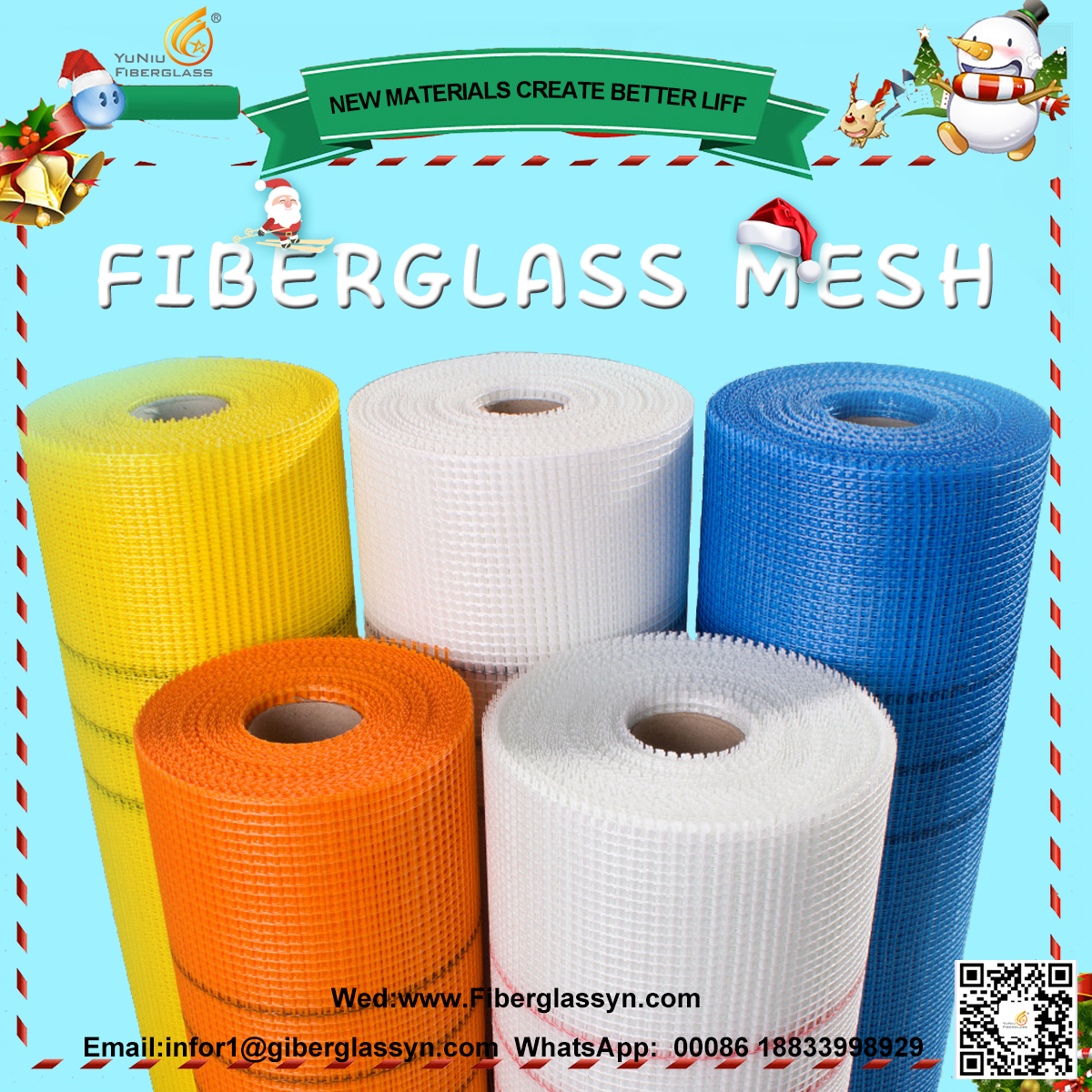The main components of composite materials are fiber and resin.The fiber is usually glass or carbon fiber, both of which enhance the strength and stiffness required by the product.However, if used alone, it still cannot meet the final performance of the product.Impregnated with resins and then cured, the fibers meet the strength, stiffness and lightweight requirements of a variety of application designs, while adding numerous benefits to the final product.
Unsaturated polyester resin can be used for transportation, structure And the development of building profiles
When it comes to resins, there are many choices, and you can also choose resin additives to meet your application requirements.Therefore, it is very important to understand the differences between resins and how they affect the properties of composites.
Additions to existing features
All composite material, but have a common advantage: higher strength, stiffness and resistance of lighter weight and better environment.Each of these features can be made more prominent by the use of complementary resins.To choose the most suitable resin, first determine what the main properties of the composite should be.
The most cost-effective way to make lightweight composites is to use unsaturated polyester resins.This resin has relatively good mechanical, electrical and chemical properties and can be adapted for a range of conventional applications such as transport, structural and building profiles.
ABOUT US
hebei Yuniu Fiberglass Manufacturing Co., LTD. We mainly produce and sell e-type fiberglass products, such as fiberglass roving, fiberglass chopped silk, fiberglass chopped felt, fiberglass gingham, needled felt, fiberglass fabric and so on.If any needs, please contact us freely.
However, if higher stiffness or strength is required, then epoxy is undoubtedly the best.The bond between the epoxy and the fibers is strong, which means that higher shear loads can be transferred between the fibers, giving the composite a higher strength value.Combined with the higher fibre content allowed by epoxy resins, composites with excellent strength and high stiffness can be made and further modified to suit high-temperature applications if required.
In addition, if the composite needs to be resistant to harsh environments in addition to hardness, vinyl esters may be a better choice. The molecular structure of vinyl esters is chemically resistant, so the use of vinyl esters will improve the performance of composites if they are intended for use in Marine environments or industrial applications where acids or bases are present.
In the production of composite profiles that need to be assembled with screws, the composite should be strong and prevent cracks and fractures. This can be achieved by structural design, but choosing the right resin can simplify the structure and reduce costs, making the composite suitable for a wider range of applications. For example, polyurethanes have extremely high toughness compared to unsaturated polyesters, making them ideal for such applications.
Adding new features
Selecting a resin that complements the most valuable characteristics of the composite will improve the performance and life of the composite. However, taking the time to choose a resin will give you more benefits than just improving existing properties.
Resins can also add entirely new properties to composite products. Resin additives can be added to resins to achieve a range of benefits ranging from simple improvements in surface finish or color to more complex enhancements such as uv, antibacterial, or antiviral properties.
For example, because resins decompose naturally when exposed to sunlight, adding uv absorbers to resist UV radiation can enable composites to achieve better performance in high-light environments, which often lead to material embrittlement and disintegration.
Similarly, antibacterial additives can be mixed into the resin to prevent bacterial or fungal contamination. This is useful for any composite product that involves manual manipulation, such as machinery, public transportation, and medical equipment.
Other external effects
It is worth noting that in some cases, the addition of resin additives can alter the properties of the composites. In some extreme cases, for example, large amounts of flame retardant additives are needed to work effectively. At this point, the number of fibers in the composite must be reduced, resulting in a corresponding reduction in strength and stiffness.
Resin selection is an important part of the overall design of composite materials and should not be ignored. The best solution is to identify the most desired properties of the composite material, combine the appropriate resin to enhance these properties, and take into account the balance between the fiber and resin.
Post time: Dec-24-2021




